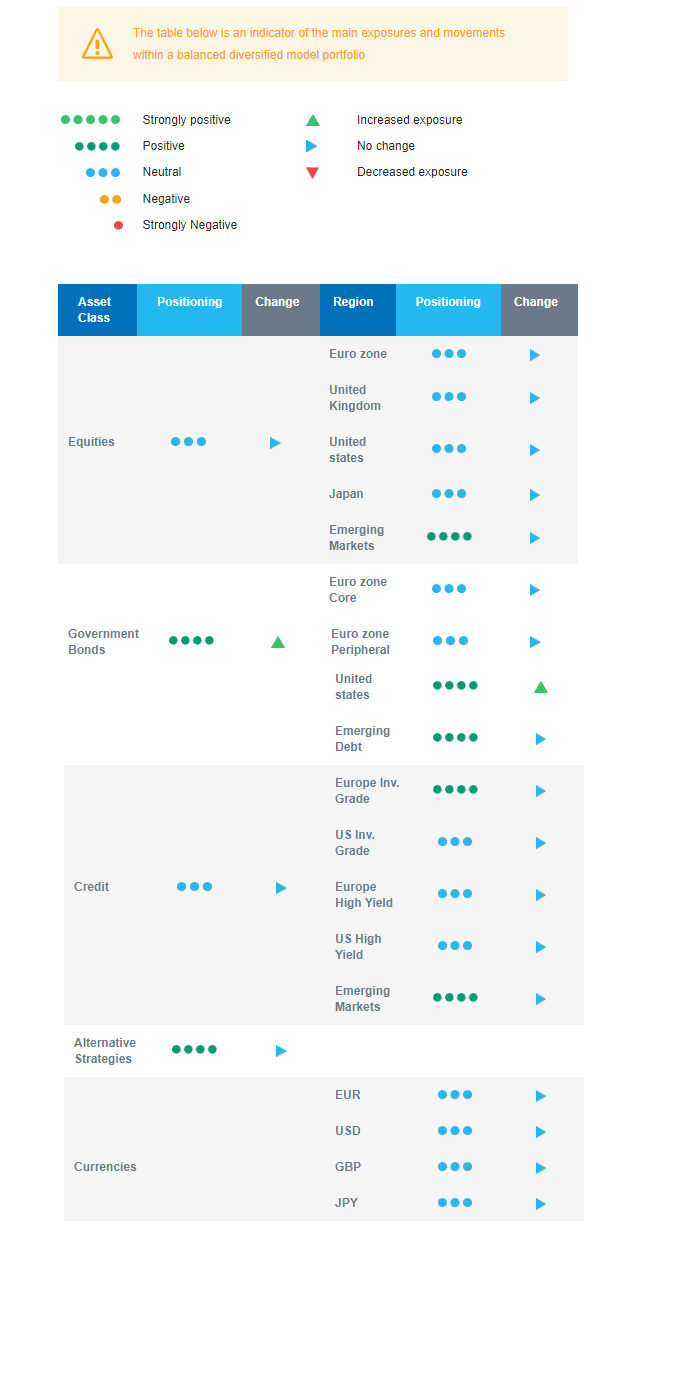Last week in a nutshell
- US inflation cools as expected and the job market, while solid, starts losing some steam.
- Preliminary soft data revealed that American consumers are fully aware that inflation has softened from its peak, but that high prices continue to make them feel less financially secure.
- Revealing some concern regarding the regional bank liquidity crisis, the FOMC minutes pointed to an upcoming end in the Fed’s tightening.
- Analysts cautioned that the surge in Chinese exports reflects suppliers catching up with unfulfilled orders after last year’s COVID-19 disruptions.
- The earnings season kicked off with major US banks. Each found ways to benefit from the rate hikes that brought turmoil among regional lenders.
What’s next?
- Global PMI estimates are due as investors gauge at which speed higher borrowing costs are catching up with services and manufacturing activity.
- China will publish data on its economic activity, including the Q1 GDP growth rate, industrial production, retail sales and unemployment as the country’s re-opening continues.
- European soft data will report on the level of optimism that analysts and consumers have about the expected economic developments.
- In the US, real estate market data will show how the demand for mortgages is evolving while the Federal Reserve will publish its Beige book, setting the scene for the FOMC scheduled early-May.
Investment convictions
Core scenario
- Our main scenario incorporates slow growth, both in the US and the euro zone and remains the most likely. However, we acknowledge that the risk of a more adverse scenario has increased. All economic scenarios – though with different trajectories – point to lower growth, lower inflation, lower Fed Fund rates and lower 10-year bond yields by the end of next year.
- We have increased our fixed income duration and we stand ready to reduce portfolio risk in the case of complacent financial markets.
- Credit has been a strong conviction at the start of 2023 since the carry that was reconstituted by the rise in yields in 2022 looked attractive. We are overweight Credit, including Emerging market debt.
- We expect emerging markets equities to outperform as valuation is relatively more attractive, China’s re-opening is very quick and growth surprises on the upside.
- In Europe, sentiment, labour market and consumption are holding up. With the re-opening of China, the region should be a main beneficiary via a resumption of its export growth.
- On a medium-term horizon, we expect Alternative investments to perform well.
Risks
- Financial conditions tightening leading to banking turmoil is a new macro risk. Financial stability risks have resurfaced recently and led the US to add liquidity into the financial system.
- Central banks will have to compromise between price stability (rate hikes) and financial stability (decisive action).
- The uncertainty linked to the financial turmoil and the potential credit restrictions along with central bank’s anti-inflation stance are capping the upside potential for risky assets.
- On the other hand, inflation is declining, and a slow but positive growth is limiting the market downside.
- Among the upside risks, the Chinese re-opening is good news for domestic and global growth as long as there is no inflation spill over via a resurgence of commodity prices in the context of constrained supply.
Cross asset strategy
- As better activity and lower inflation readings are mitigated by several vulnerabilities, we keep the neutral stance on equities and are increasing fixed income duration.
- Within a neutral equities positioning, we have convictions in specific assets:
- In terms of regions, we believe in Emerging markets: China reopening is unfolding and a significant growth driver for emerging markets. Besides, there is no monetary headwind ahead as inflation readings in the region surprise on the downside.
- With cyclicals pricing a strong rebound in the economic activity, we prefer defensive sectors, such as Health Care and Consumer Staples. The former is expected to provide some stability: No negative impact from the war in Ukraine, defensive qualities, low economic dependence, innovation, and attractive valuations.
- In addition, the current context continues to favour companies with pricing power, which we find in the Consumer Staples segment.
- In the fixed income space, we are buying US government bonds now as the slowdown is the most advanced in the region. We will further add duration if we see better levels in the coming weeks.
- European investment grade credit is one of our convictions. We also have exposure to emerging debt, which should benefit from dovish local central banks, a lower USD and low investor positioning.
- We have exposure to some commodities, including gold and commodity-related currencies, including the Canadian dollar and we are short US dollar.
- In our long-term thematics allocation we favour investment themes linked to the energy transition and keep Technology in our long-term convictions. We expect Automation and Robotisation to recover in 2023, and a growing interest in Climate and Circular Economy-linked sectors (such as Industrials and Technology and selective Utilities titles).
Our Positioning
We recently started buying duration via the US and are thereby slightly long duration overall. Further on the fixed income side, we have a constructive view on Investment Grade credit and Emerging market debt. In equities, our current positioning remains neutral. In the context of robust growth and the reopening in China, we remain allocated to some commodities.

